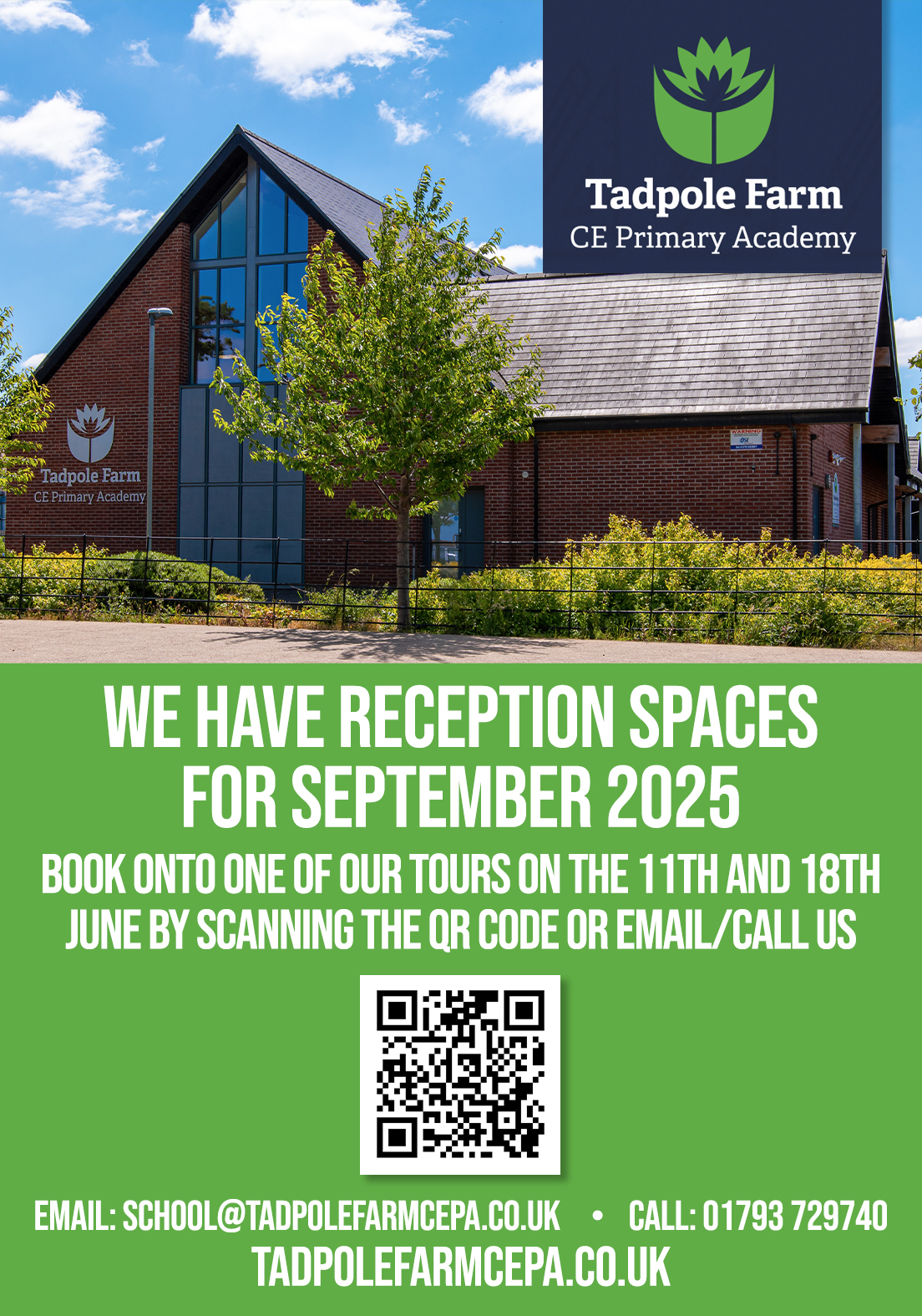By Roger Ogle
‘In the 45 years I have lived and worked in this town I cannot think of a project that is more exciting than this. Can you?’ Lord Joel Joffe, April 2017
The design of the proposed new-build Swindon Museum & Art Gallery (SMAG) opposite the Wyvern Theatre in Swindon town centre is daring and groundbreaking and, apart from becoming a major social hub, it will attract international attention to our town.
The internal spaces will be brilliant to display Swindon’s collection of modern British art, they will give a central place to appreciate the story of Swindon’s history and heritage, and the building will also provide a high-quality regional location for the touring exhibitions we miss out on.
And, critically, the new SMAG will also kick-start the much-needed yet stuttering regeneration of Swindon town centre. But what is this regeneration? The word is easily used but with little real explanation or discussion about it.
There are many complaints about the state of the town centre. Amongst the struggling businesses, it’s a mess of empty commercial premises, charity shops, coffee outlets and betting establishments. The chain stores seem to be smaller or less well stocked than in other towns, and the absence of interesting, niche businesses which can be found in small towns close to Swindon is a stark contrast. The majority of people say it needs to be sorted out urgently.
But who or what is likely to provide the inspiration for change? Swindon as a traditional shopping centre is now teetering on the edge of a death spiral caused by past under-investment, expansion of suburban out-of-town development closer to where people live, and significant changes in lifestyle. The ‘high street’ is now caught in a perfect storm as customers increasingly go online for what they want, and the decline in household disposable income since the 2008 economic crash limits what people are willing to spend.
Most of the properties in the town centre are owned by commercial interests but with fewer businesses willing to take the risk of setting up and fewer customers, landlords are not going to deliver the major investments to improve the town centre offer.
Central government is not going to get involved; it has far too many other demands on the public purse to come to Swindon’s rescue. Swindon Borough Council does not have taxpayers cash to inject investment into improving the shopping experience when it has to deliver ever more social care to the elderly and vulnerable children.
The one glimmer of hope is the Heritage Lottery Fund which recognises that well thought out and well planned new museum and art galleries will not only provide venues to house permanent collections and touring exhibitions, and become an important educational resource, but they will also be the catalyst for major financial investment in the town beyond the grant to build a new facility.
The gallery in Walsall expected 100,000 visitors a year but attracts 170,000. The Baltic in Gateshead brings in 4,000 people every day; Margate’s Turner Contemporary Gallery is visited by half a million people annually. The Lowry Gallery in Salford has more than 1 million visitors.
These big numbers are impressive, but what do they mean to the everyday person? It means greater confidence to open up new businesses, it means rebuilding some of the worn out high street premises rippling out from the location of the museum and art gallery, and it means more jobs. It means millions of pounds pumped into the economy. It's been calculated that the impact of the Hepworth in Wakefield has generated £10m impact in its first year. The Turner in Margate generated an inflow of £13.8m.
In Swindon, based on projected visitor numbers and assumptions from the Association of Independent Museums, expenditure from visitors from the local area, day trippers and people staying overnight would contribute £2.4m in Year 1, rising to £2.9m by Year 10.
Employees of the museum will spend their salaries in the local economy, which will support additional employees in the region. Direct and indirect expenditure from museum staff in the local economy is estimated at £0.9m annually.
And direct and indirect expenditure by the museum would contribute £1.1m in Year 1, rising to £1.6m by Year 10, to the Swindon economy and support a number of jobs.
It’s estimated that this expenditure will support between 81 full-time equivalent jobs in the Swindon in Year 1, rising to 98 in Year 10.
Nobody seems to consider what this means to the younger population of the town. For every infant, those in school and college now, the new SMAG will offer greater educational opportunities for their futures. It means a more diverse range of employment options, whether it be working in the museum or in a business opening up in the town centre, or deciding to pursue careers in some way connected with the arts, culture and heritage. And this will continue for the next 50 to 70 years.
However, the HLF is only ever going to support a viable well thought out proposal for a new museum and art gallery in the right location. The reason the town centre site has been chosen is because it offers maximum chance to impact the town centre where there is already a commercial infrastructure in place to develop and improve upon.
There have been suggestions that the former Carriage Works would be more appropriate for the new SMAG. Unfortunately, for the reasons above, it is not in the right place in terms of access. Nor by its heritage nature is it able to present the essential ‘wow’ factor that new-build museums and art galleries have.
The Carriage Works is not under threat, redevelopment has already started on a small part of it and appropriate uses will be found for the remainder in keeping with its GWR heritage, developing educational facilities, and for different sizes of business.
Essentially, providing major public attraction at the Carriage Works would become a stopping off point for visits to the Designer Outlet Centre and Steam Museum. Not building the new SMAG next to the Wyvern Theatre would in effect condemn Swindon town centre to rot. There are too many jobs at risk to allow that to happen.
Towns like Margate, Walsall, Gateshead and Wakefield report huge pride in their new galleries. The people of Swindon need to find the confidence and pride to look forward and support a standout museum and art gallery.







Your Comments
Be the first to comment on this article
Login or Register to post a comment on this article